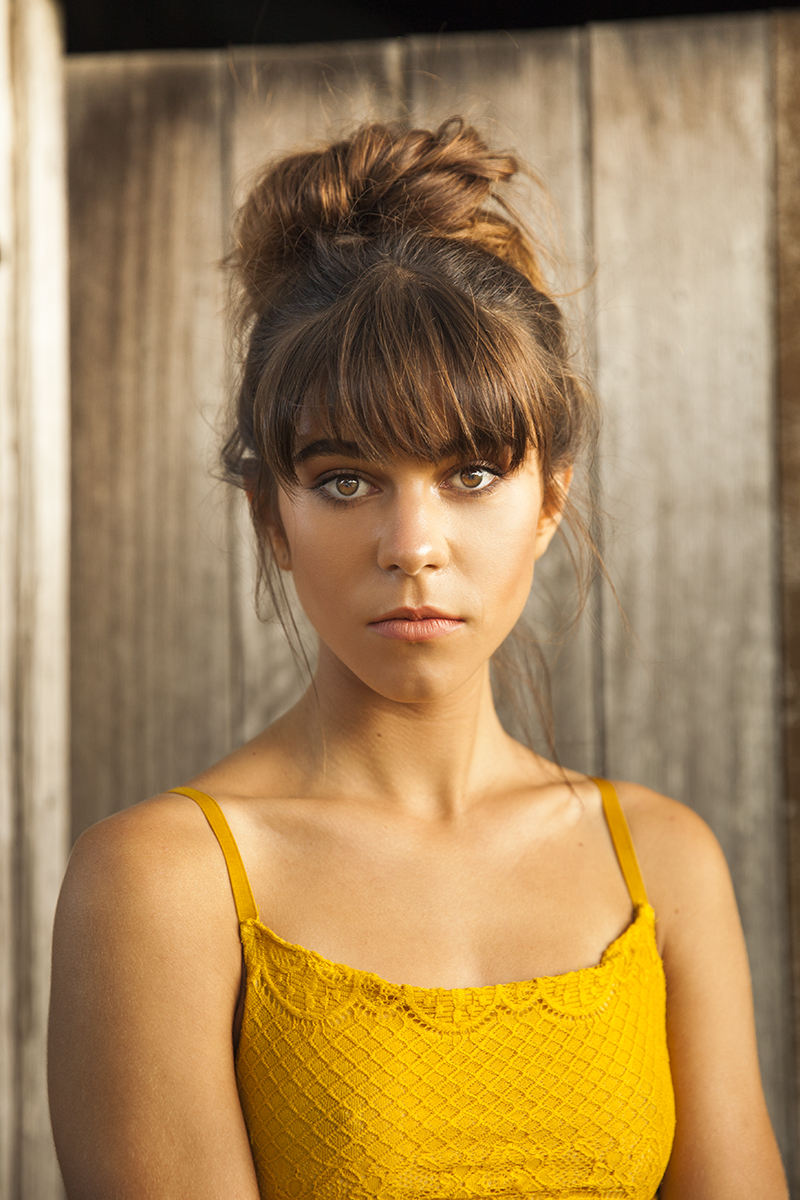5 do it yourself pointers for ridiculous product photography
The majority of people have either viewpoints on product photography-- either it's a piece of cake for anybody with a smart device, or it's a highly advanced effort that calls for the services of a expert.
We assume the truth is somewhere in the center. With the best tools and also some basic guideline, any person can create excellent product shots. With these five basic product photography suggestions, you can create high-grade product pictures that will certainly help you convert visitors right into paying consumers (or whip the media into a frenzy when they see your shots in the Flaunter library!).
1. Take formal product shots-- then have some fun
When you're doing product photography, you must maximize your time and have a good time. While advertising campaign photography you have actually got your video camera, lighting as well as items ready, you need to take a wide array of images.
See to it to get the tidy, basic shots that reveal your product from all angles. Obtain the front, the back as well as the sides, as well as make certain to scoot in close for some detail shots. These pictures can be essential for the client when they are considering a purchase.
75% of customers price the quality of product pictures as ' important' or ' really crucial' to their buying decision-- Upwork
2. Use custom-made white balance
Have you ever before taken a photo where the colours ended up extremely weird? More than likely, it was a white balance concern. On the flip side, when you obtain white equilibrium ideal, colours will look completely all-natural. Correct white equilibrium is one of the most effective methods to obtain a wonderful photo.
Practically every video camera has the capability to use various white equilibrium setups. Many cams start on an ' car white equilibrium' mode, which (as the name implies) automatically examines the light in your scene as well as chooses a proper setting ... the majority of the time.
Car white balance might be good enough for photos, but also for premier product shots, you need to get hand-operated. Go into the settings of your video camera as well as attempt to match the white equilibrium to the scene with presets.
If those don't work, you might be able to establish a custom white equilibrium making use of the Kelvin range. Many cameras give alternatives from around 3,000 K ( really yellow) to 10,000 K ( really blue). You can try to establish this manually, but the very best means is to put a white paper next to your product and rise close. After that use customized white balance to set your video camera off that piece of paper.
3. Focus on details
Getting top quality product pictures is normally a rather lengthy process, especially if you don't have a specialized workshop arrangement. Whatever setup you have, take the time to do the job right.

Take the time to best the lighting, obtain the background precisely right, choose the ideal angle and find the optimal colour settings to toenail your image. It'll take a while, but it'll pay off when you do not have to do much modifying of your pictures and also when your clients begin taking a look at those pictures.
Some things to watch out for:
• Dirt, fingerprints, or smudges on your products or backgrounds
• Roaming items in the corner of the picture• Not concentrating the lens correctly on the subject

• Low light levels ( bring about high ISO, slow shutter rate and poor image top quality).
• Running out of batteries or sd card in the middle of the shoot.

4. Usage reflections
One great way to develop one-of-a-kind, lovely product shots is to utilize reflections. Representations develop a sensation of deepness and also intricacy in an image. There are a few means to create reflections in a house workshop.
A mirror. Ensure it's extensively cleaned up (with non-streaking cleaner), then put your product on the top for a tidy representation. Fire from a reduced angle, nearly parallel with the mirror, for ideal impact.
Aluminum foil. Peel a huge sheet off a roll campaign photographer of typical cooking foil, taking care to maintain it as flat as possible, after that position it the same as a mirror. Be careful to maintain the ragged edges out of the photo.Water. Either place a slim layer of water in a tray and location your product there, or simply put some water on a flat surface.
This approach typically works finest when you utilize a background like building paper or sheets to manage the history-- or when you have a pure white area-- since you will not want a representation of your ceiling follower on your business web page.
5. Light the history, not just the product
Even a beginner product photographer will find out that a product needs to be lit properly for good photos. But lighting the history is not instinctive. Think it or not, lighting your histories can considerably raise the top quality of your product shots.
Lights the history has 2 positives. First, if you're planning to get rid of the background from your images (or planning to have Pixc do it for you), a intense, tidy background makes this procedure very easy and provides the very best outcomes.
Also as a beginner digital photographer, making use of these five pointers, you must have the ability to create some excellent pictures for your products and reap the benefits right away.